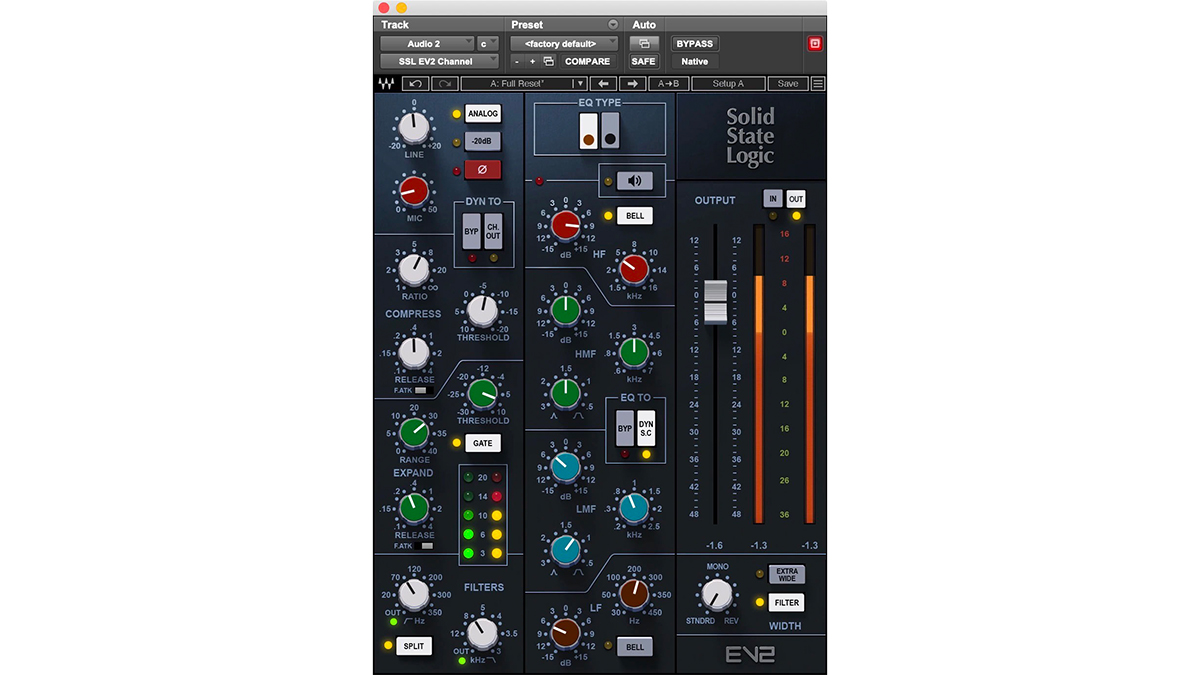


Early British radar sets were referred to as RDF, which is often stated was a deception. Modern systems use the comparison of phase or doppler techniques which are generally simpler to automate.

Modern systems often used phased array antennas to allow rapid beamforming for highly accurate results, and are part of a larger electronic warfare suite.Įarly radio direction finders used mechanically rotated antennas that compared signal strengths, and several electronic versions of the same concept followed. It is estimated that the UK's advanced " huff-duff" systems were directly or indirectly responsible for 24% of all U-boats sunk during the war. The ability to locate the position of an enemy transmitter has been invaluable since World War I, and played a key role in World War II's Battle of the Atlantic. An automatic direction finder, which could be tuned to radio beacons called non-directional beacons or commercial AM radio broadcasters, was until recently, a feature of most aircraft, but is now being phased out įor the military, RDF is a key tool of signals intelligence. For aerial use, where the horizon may extend to hundreds of kilometres, higher frequencies can be used, allowing the use of much smaller antennas. These wavelengths are nevertheless used for marine radio navigation as they can travel very long distances "over the horizon", which is valuable for ships when the line-of-sight may be only a few tens of kilometres.

RDF systems can be used with any radio source, although very long wavelengths (low frequencies) require very large antennas, and are generally used only on ground-based systems. In the former, the Air Ministry also used RDF to locate its own fighter groups and vector them to detected German raids. RDF was important in combating German threats during both the World War II Battle of Britain and the long running Battle of the Atlantic. Radio direction finding is used in the navigation of ships and aircraft, to locate emergency transmitters for search and rescue, for tracking wildlife, and to locate illegal or interfering transmitters. By combining the direction information from two or more suitably spaced receivers (or a single mobile receiver), the source of a transmission may be located via triangulation. This can refer to radio or other forms of wireless communication, including radar signals detection and monitoring (ELINT/ESM). Direction finding antenna near the city of Lucerne, Switzerlandĭirection finding ( DF), or radio direction finding ( RDF), is – in accordance with International Telecommunication Union (ITU) – defined as radio location that uses the reception of radio waves to determine the direction in which a radio station or an object is located.


 0 kommentar(er)
0 kommentar(er)
